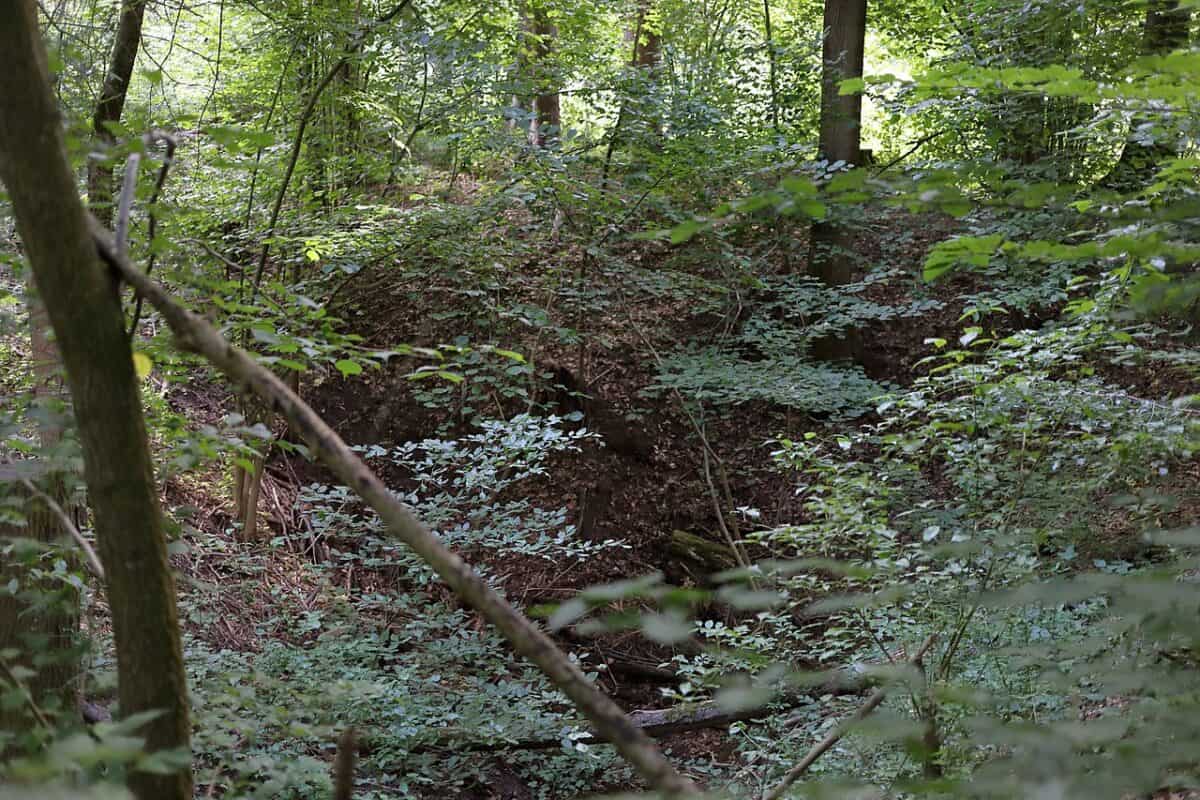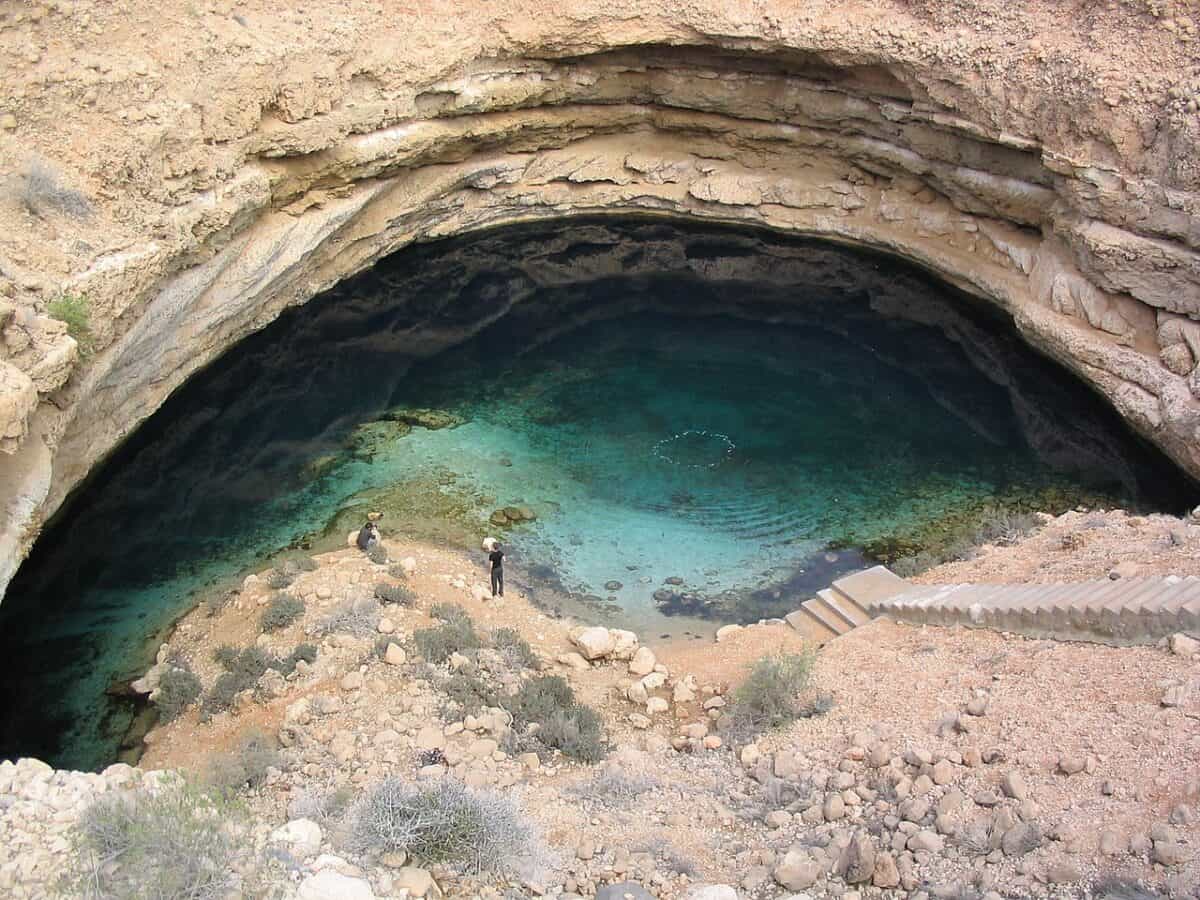The recent discovery of the deepest sinkhole in America is turning heads in the scientific community. Sinkholes are geological formations known for their mysterious and awe-inspiring nature, often attracting both curiosity and concern. This extraordinary find is significant not only due to its depth but also for the insights it offers into the geological processes shaping our planet.
What Exactly is a Sinkhole?

A sinkhole is a depression or hole in the ground caused by the collapse of a surface layer. They often occur in regions where the bedrock is composed of limestone, salt beds, or other soluble rocks that can be naturally eroded by water. As the rock beneath the surface dissolves, caverns form, eventually leading to the sudden collapse of the surface layer, resulting in a sinkhole.
The Depth That Sets a Record

This newly discovered sinkhole holds the record as the deepest known in America, plunging to a staggering depth that surpasses previous records. Its exact measurements highlight its vastness and offer scientists an incredible opportunity to study a part of Earth rarely explored.
Location and Context of the Find

Located in a remote and previously under-explored area, the sinkhole was discovered through a combination of modern satellite imaging techniques and old-fashioned field exploration. The region’s geology, rich in soluble rock formations, made it a prime candidate for this kind of natural wonder.
The Significance of the Discovery

This sinkhole is not just a record-holder; it’s a key to understanding the larger processes at work beneath our feet. The find encourages scientific study into the age of the formation, the materials involved, and the environmental conditions that facilitated such a significant geological event.
Unique Characteristics of the Sinkhole

One of the most intriguing aspects of this sinkhole is its sheer vertical walls and expansive width. These features suggest a dramatic collapse and point towards substantial activities in the underground water systems, providing a perfect blueprint for studying similar formations worldwide.
How Sinkholes Are Formed

Simplifying an intricate process, sinkholes form primarily due to the erosion of bedrock by acidic or aggressive water, forming voids over time. With enough erosion, the ground integrity wanes, leading to a collapse. This newly found sinkhole exemplifies this process on a monumental scale.
Implications for Nearby Areas

The discovery brings attention to the potential risks posed by sinkholes in populated areas. By studying the conditions that lead to the formation of this massive sinkhole, scientists can better predict potential occurrences, as well as implement safety measures to protect lives and infrastructure.
Exploration and Future Research

The sinkhole’s discovery has sparked a flurry of interest from geologists eager to explore this untouched piece of Earth. Future research will aim to delve deeper into its origins, age, and underground connections, offering invaluable data that could expand our understanding of subterranean ecosystems.
Role of Technology in the Discovery

Technological advancements in imaging and remote sensing played a pivotal role in identifying and assessing the sinkhole. High-resolution satellite imagery and 3D mapping have revolutionized geological studies, making it easier to locate and analyze features hidden from the naked eye.
Potential for Biodiversity Studies

Beyond geology, the sinkhole could harbor unique ecosystems, with species adapted to life in such confined environments. Scientists are eager to see if this formation supports biodiversity previously unknown to science, opening a new frontier in biological research.
Conclusion: A Window Into Earth’s Secrets

The discovery of America’s deepest sinkhole is more than just a record-breaking event; it’s a manifestation of nature’s power and complexity. As research continues, this sinkhole will undoubtedly provide us with new insights into Earth’s history and its subterranean mysteries, reminding us of the fascinating world beneath our feet.
- 11 Dog Breeds That Rarely Bark - August 22, 2025
- 13 Wild Animals That Only Come Out at Night - August 22, 2025
- 15 Strangest Animal Feeding Habits - August 22, 2025

